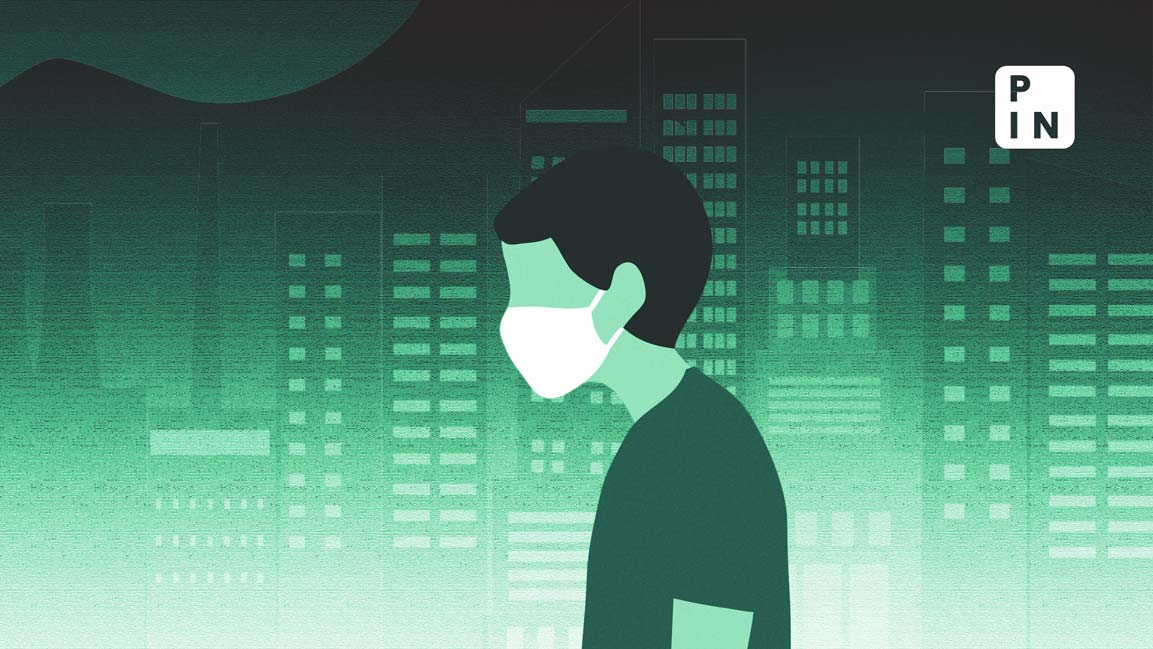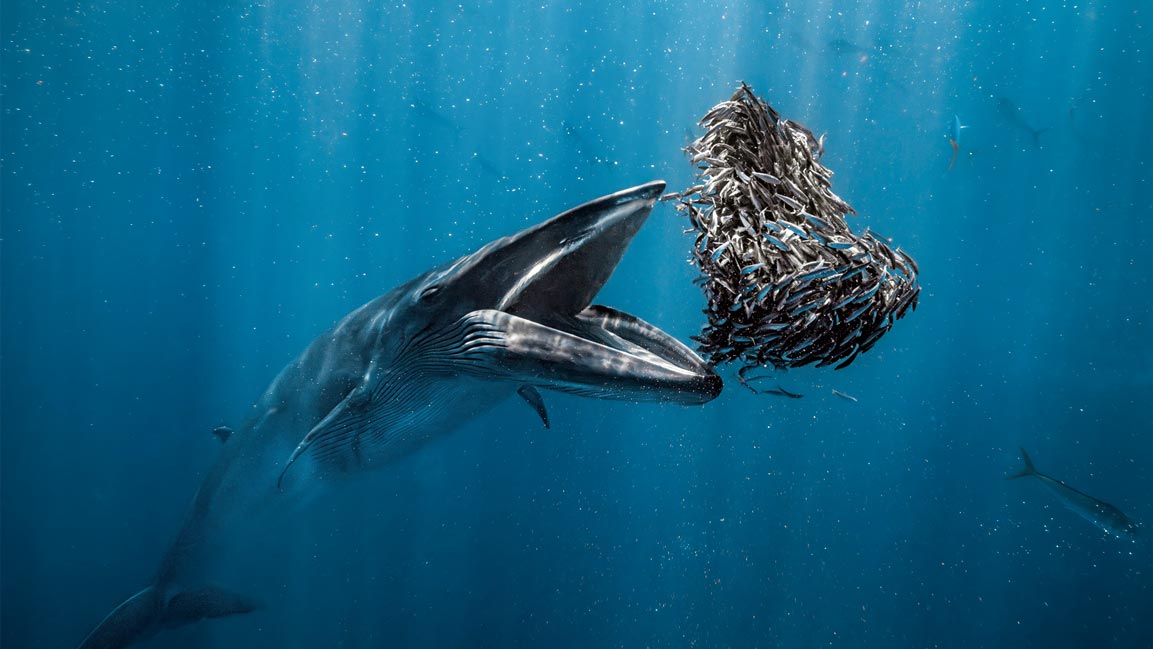- | 4:00 pm
Singapore leads as world’s priciest city for luxury spending
Mumbai, at 20, is the only Indian city that has made it to Julius Baer's latest Global Wealth and Lifestyle rankings

Singapore has topped the list of the world’s most expensive cities for spending on luxury goods, including fashion and accessories, as well as premium services in hospitality, healthcare, and education.
The Southeast Asian city-state is followed by Hong Kong, which has climbed one spot from last year and remains the second most expensive cities globally for property prices, according to Swiss wealth manager Julius Baer’s latest Global Wealth and Lifestyle Report. Hong Kong is also the most expensive place to engage a lawyer.
Singapore, which is the most expensive place to own a car, continues to attract the ultra-wealthy by maintaining its reputation for political and economic stability alongside a pro-business environment.
London takes the third place on the list, up from fourth the previous year, and second in 2022.
The city that earlier held the second spot, Shanghai, has slipped to fourth on challenges in the real estate market to softening consumer confidence. Nonetheless, it is the most expensive city to have a degustation dinner.
Mumbai, which slipped two places from last year to 20th on the list, is the only Indian city that has made it to the rankings.
The Julius Baer Lifestyle Index measures the luxury spending habits of wealthy individuals worldwide, tracking 20 high-end goods and services like jewelry, designer accessories, men’s suits, real estate, business class flights, and degustation dinners across 25 global cities.
The bank surveyed high-net-worth individuals with at least $1 million in bankable household assets in February-March this year.
Although cities continue to get more expensive, affluent individuals world are still willing to spend on and invest in their lifestyles, families, and futures, according to the fifth edition of the Global Wealth and Lifestyle Report.
In 2024, price rises have slowed to 4% on average in US dollar terms, compared to 6% in 2023. Prices this year grew faster for goods than services, with goods up 5% on average and services up 4%.
This year, significant changes in the index were mainly on account of currency fluctuations. The strong Swiss franc and the weak Japanese yen impacted the rankings, the bank said.
Tokyo slipped from 15th last year to 23rd spot this year.
Christian Gattiker, head of research at Julius Baer, said: “This year’s report shows that currencies matter a lot. Take Tokyo as an example. This used to be the poster child of an ultra-expensive city in the 1990s. However, the steady decline of the yen has shown how this can change. As trivial as it seems, we tend to forget that the costs of living look completely different in the eyes of a stranger – especially if that person thinks in US dollars or Swiss francs instead of the local currency. Currency and context matter.”
Spotlight on APAC
APAC is home to the two most expensive cities in the index – Singapore and Hong Kong. Shanghai remains part of the top ten despite dropping to fourth from second last year, and Hong Kong was the only riser in APAC this year, from third to second.
Falling prices in some cities – Tokyo in particular – mean the region is no longer the most expensive. Bangkok and Jakarta also dropped from 11th to 17th and 12th to 14th, respectively.
Mark Matthews, head of research for Asia Pacific at Julius Baer, said: “Asia is making significant strides in its development journey, demonstrating the potential of innovation and collaboration. The technological advancements of China and India, along with the robust economies of Southeast Asia, contribute to the region’s resilience and growth. Singapore, located in this dynamic environment, is leading the digital transformation. Its digital economy is expanding at a compound annual growth rate of 13%, reinforcing its role as a key innovation hub in Asia.”
Meanwhile, despite a price increase of goods and services, high net-worth individuals are still willing to spend, and not just spend, but spend more, notably on hospitality and fashion and accessories.
The biggest price increases this year are for premium consumer items such as fashion and jewelry, with the highest increase at 9.6%.
This comes on the back of several years of increased raw material, energy, and staffing costs.
The only significant drop this year on a global level came in the bicycle category at 6.4%), with small drops for whisky of 1% and business class flights at -1.7%.













